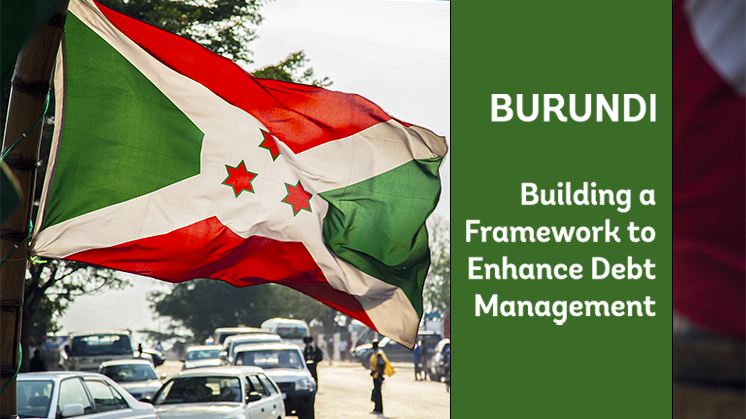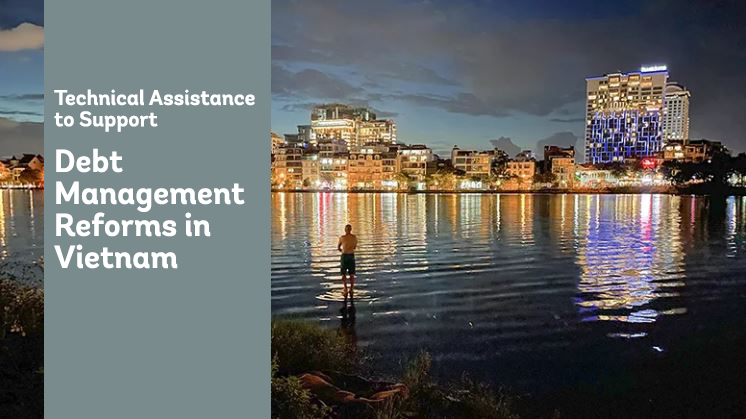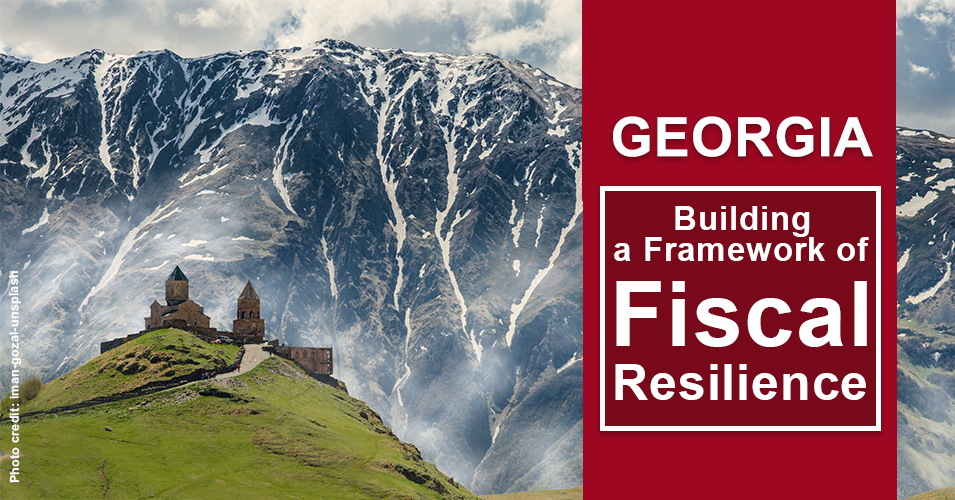 | | To emerge from the current economic crisis and improve long-term growth prospects, Sri Lanka needs to restore fiscal and debt sustainability and implement growth-enhancing structural reforms. Improved debt management practices and reforms will ensure that borrowing decisions are undertaken under a strengthened governance arrangement, underpinned by a robust debt-related legal and operational framework. |
| | | |
 | | The international isolation in 2015-2020 led Burundi to rely massively on its domestic market to meet its financing needs. In addition, the overlapping crisis of the COVID-19 health pandemic and Russia’s invasion of Ukraine have further weakened the country’s economic situation. |
| | | |
 | | Vietnam's rapidly expanding economy presents a distinctive challenge in the realm of public debt management. To address this challenge, ambitious reform programs must be implemented, which necessitate robust public debt management institutions and practices. |
| | | |
 | | The COVID-19 pandemic pushed Georgia’s government debt-to-GDP ratio above the statutory level of 60 percent. Fortunately, the government had already built the capacity to manage the unexpected debt surge—thanks to support from the Debt Management Facility. The country’s improved debt management framework is helping meet the government’s financing needs at a time when capital markets are in turmoil. |
| | | |
| | | |
 | | Amid the pandemic, the Public Debt Management Office of Nepal published its first Public Debt Report. World Bank, through Debt Management Facility (DMF), supported the Nepalese debt officials with just-in-time, long-term training to build capacity for the report and other main debt management priorities. The new publication aims to provide debt transparency and plays an important role to provide accountability and improve governance of public debt management. |
| | | |

| | Burkina Faso partnered with the Debt Management Facility (DMF) to build the debt management office's capacity for debt reporting and improve debt transparency. Today, among the 74 IDA countries, Burkina Faso stands out by meeting the "full disclosure" rating for every single one of the nine categories on the debt transparency Heat Map. As a result, Burkina Faso’s access to the regional capital markets remains strong, and its funding costs, particularly for shorter-term borrowing, are among the lowest in the region. This performance is even more remarkable considering that the country has been classified as fragile and conflict-affected (since late 2020) and has been fiscally squeezed by both the COVID-19 crisis and internal population displacement (almost 2 million since 2020). |